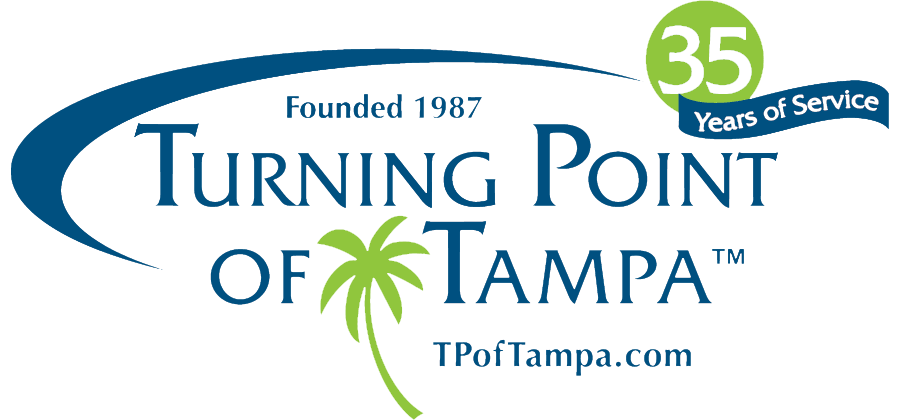Most people begin using addictive substances like alcohol, illegal or prescription drugs, and tobacco during adolescence and young adulthood, according to National Institute on Drug Abuse (NIDA) statistics.
By the time students are seniors in high school, NIDA statistics find:
- Almost 70 percent have tried alcohol
- About 50 percent have taken an illegal drug
- Almost 40 percent have smoked a cigarette
- Over 20 percent have used a prescription drug for a nonmedical purpose
This prevalence of substance use among young people is often the beginning of a substance use disorder that will affect them throughout their life.
How Does Substance Use Lead to Addiction?
Addictive substances like drugs and alcohol raise the levels of dopamine in the areas of the brain that regulate reward and pleasure. While dopamine levels increase naturally when a person is doing something pleasurable, drugs cause a greater than normal increase in dopamine. The result is a strong desire to repeat the drug-taking experience.
Even though alcohol is a depressant, slowing down speech, thoughts, reaction time and movement, it also increases dopamine levels in the pleasure and reward centers of the brain, increasing our motivation to drink.
Because the adolescent brain is still developing, young people often struggle with impulse control and risk taking without considering the consequences even without the use of substances. As the adolescent continues to take drugs or alcohol, the brain forms an increasingly stronger pleasure association with the behavior and the substance, continually reinforcing the importance of taking substances.
As the brain adapts to the influx of drugs or alcohol, it may lose the ability to trigger feelings of pleasure and well-being naturally and demand increasingly greater amounts of the substance to deliver the desired effect. This is called tolerance, which signals dependence and often leads to addiction.
Certain risk factors increase the risk of addiction in young people, including genetic and other factors. These include:
- Inherited genetic predisposition
- Mental health issues
- Family history of substance abuse
- Childhood trauma
- Emotional or physical abuse
- Poor parenting, including neglect or abandonment
- Poor school performance
- Friends use drugs or alcohol
Individuals who began using drugs or alcohol in their early teens are most at risk of developing a substance use disorder. According to NIDA, over 15 percent of young people who began drinking alcohol by age 14 and about 25 percent of those who began misusing prescription drugs at age 13 are most likely to develop a substance use disorder.
Experts say adolescents with substance use disorder often have co-occurring mental health disorders which should be treated simultaneously for the best chance at long-term recovery. Unfortunately, just three percent of adolescents suffering from both SUD and co-occurring major depressive disorder (MDE) received treatment for both, according to the 2019 National Survey on Drug Use and Health (2019 NSDUH).
Although the use of certain drugs has declined since 2015, young people have continued to use opioids and alcohol at an increasing rate. As a result, the rate of overdose death among adolescents is also increasing. Experts attribute most overdose deaths to opioids and binge drinking.
The CDC Teenage Drug Use Statistics (2021): Data and Trends estimate that for “every young adult overdose death, there are 119 emergency room visits and 22 treatment admissions.”
What is Fueling the Current Increase in Adolescent SUD?
Since March 2020, the COVID-19 pandemic has caused widespread stress, isolation, and fear worldwide, spurring a rise in substance use disorder in all age groups.
In a COVID webinar series hosted by Buck Institute, Centers for Disease Control (CDC) Director Dr. Robert Redfield explains that school closures are having a direct impact on the rise in substance use and mental health issues in children and teenagers. Redfield states high school students are especially at risk, stating “We’re seeing…far greater suicides” and “far greater deaths from drug overdose” in adolescents.
There are several reasons school closings are contributing to an increase in adolescent SUD. These include:
- Increased stress caused by isolation, fear of the unknown, conflict or violence at home, and boredom.
- Loss of school routine and resources, including access to school counselors, computer resources, nutritious meals, and more.
- Loss of support system like in-person support groups and counseling, community groups and peer social support.
School shut-downs can be especially devastating to adolescents attending recovery high schools, which are schools specifically designed for students in recovery. These schools allow students to continue their educational curriculum while receiving recovery support. Recovery school administrators are reporting an increase in relapse rates since school closures.
CDC data finds 40 percent of U.S. adults report they are struggling with mental health issues or increased substance use since the onset of COVID and 11 percent have seriously considered suicide. This has a profound effect on adolescents as they are forced to cope with conflict, emotional issues, and possibly violence in the home.
Mental stress increases the risk that a teen will develop a drug or alcohol disorder. Many young people report self-medicating with drugs or alcohol to ease symptoms like hopelessness, anxiety, fear, irritability, loneliness, and depression.
Until schools can safely reopen and in-person recovery services can resume, some students have found needed support by participating in virtual meetings to discuss drug and mental health issues, stress, and to maintain an important social connection with their peers.
Below are some virtual resources for teens:
SAMHSA Virtual Recovery Resources for all age groups.
The Temper provides a list of 15 Online Recovery Meetings & Groups for all ages, including meetings specifically geared toward the LGBT community.
Turning Point of Tampa’s goal is to always provide a safe environment and a solid foundation in 12-Step recovery, in tandem with quality individual therapy and groups. We have been offering Licensed Residential Treatment for Addiction, Eating Disorders and Dual Diagnosis in Tampa since 1987.


